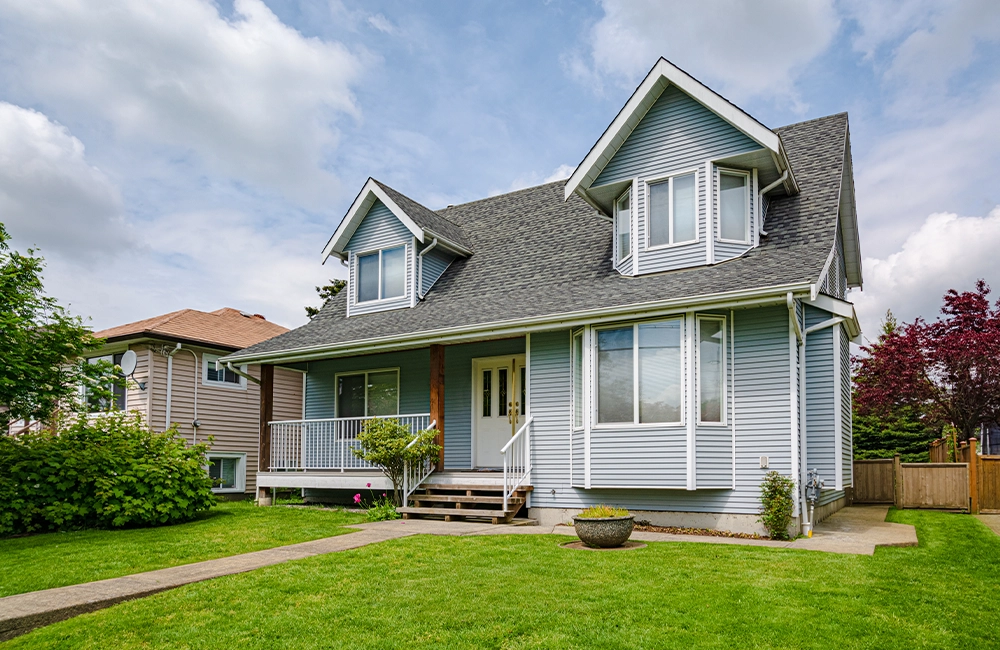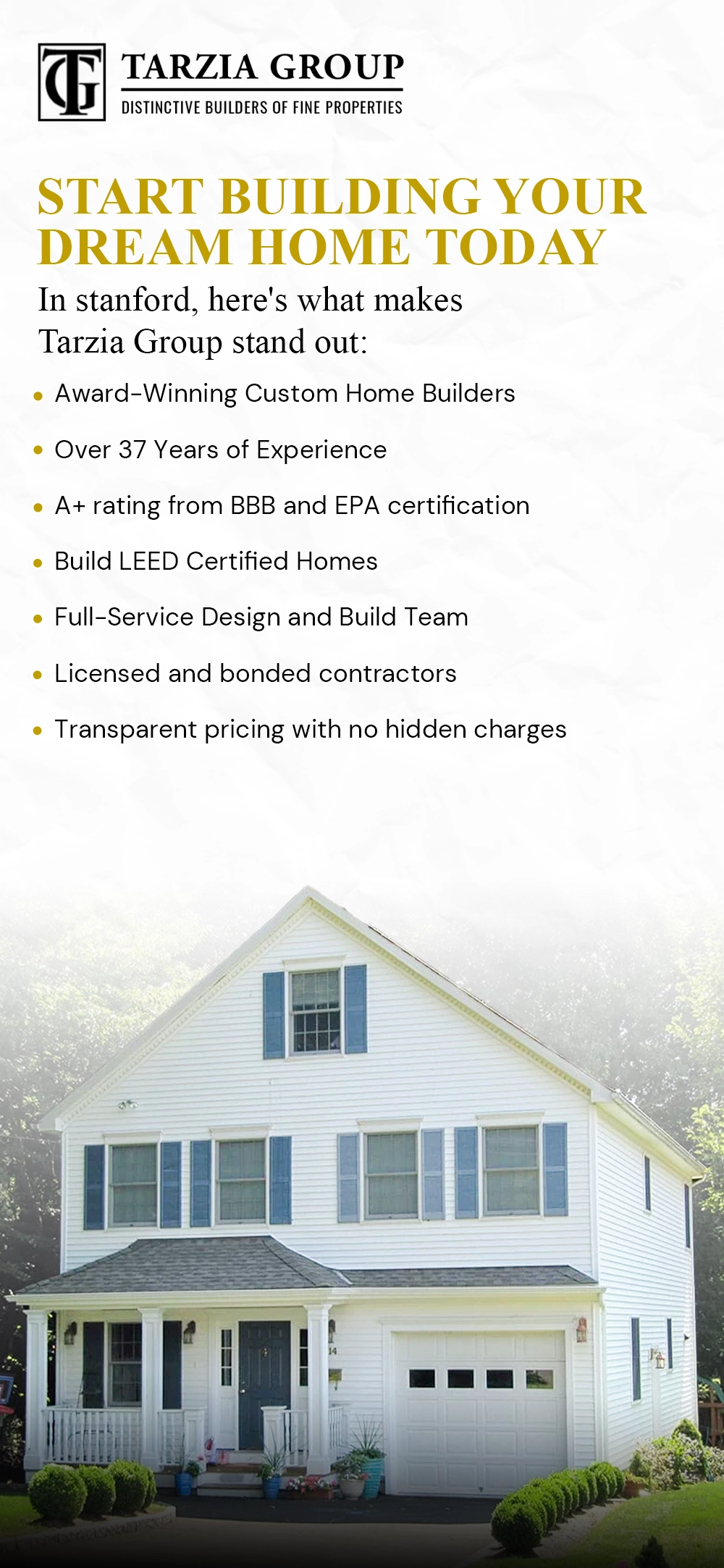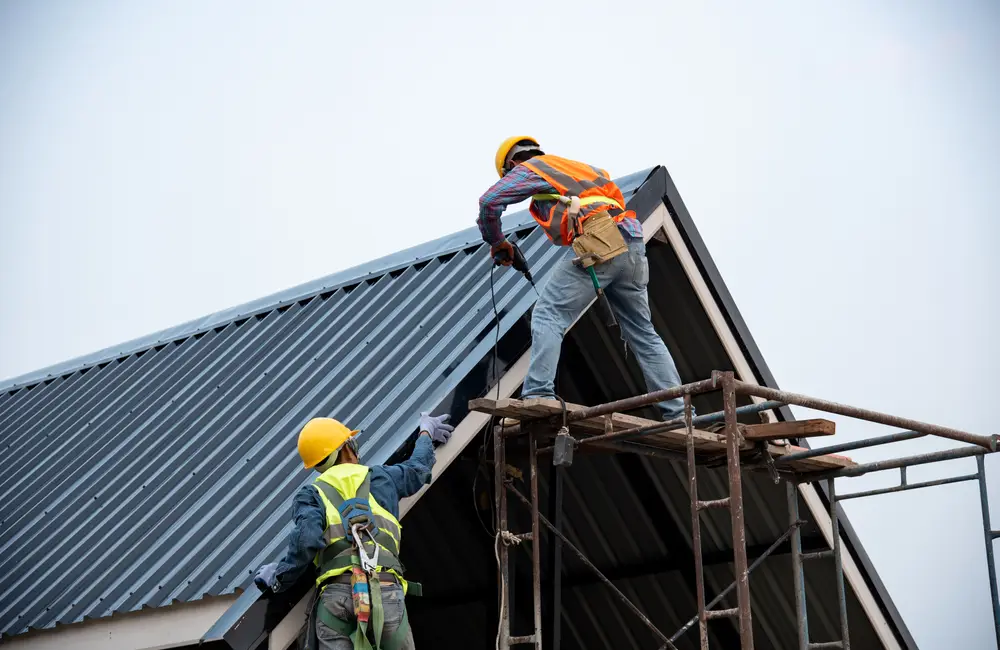It is good to dream of a new home, but it is stressful when it doesn’t go as you have planned. Even minor mistakes in the planning or decision-making processes may bring large and costly problems.
These errors may impact your comfort and peace of mind over the years, whether due to budgetary concerns or design issues. The good news is that they can be prevented through proper planning and guidance.
In this blog, we will guide you through the most frequently made mistakes when building a custom home and how to avoid them so that you can save time, money, and stress.
1. Not Having a Clear Budget from the Beginning
One of the most significant factors that causes people to struggle in building is money. Most homeowners will make a budget and ignore additional expenses such as permits, landscaping, equipment, or minor improvements. These are the expenses that are hidden, and they soon accumulated.
Planning your budget with custom home builders who have experience is the best way to reduce stress. Set aside a reserve fund of a minimum of 10%. In this manner, you will not be short of funds in case of anything that arises unexpectedly.
2. Choosing the Wrong Lot or Location
Location of the land is equally important as the house itself. Occasionally, individuals purchase property without examining the ground, zoning laws, or the overall character of an area. Bad soil, for instance, can make building a solid foundation much more costly.
The location you live in also influences everyday life, such as schools, commute time, and resale. Inspect the land before purchasing by hiring professionals. An easy checkup will save you many problems in the future.
3. Skipping Detailed Planning and Design
Making a design in a rush is a common pitfall. The majority of homeowners only consider the appearance of the home, but not the performance. This produces ugly design, tiny kitchens, or a shortage of space.
Take into account how your families intend to use the space, both in the present and in the future. Do you need a space for a child, a home office, or parents? Pre-planning saves on future rearrangements.
Ensure that the house fits your lifestyle through communicating with your builder and designer. Taking a short time in the beginning leaves much stress to be avoided in the future.
4. Ignoring Energy Efficiency and Future-Proofing
Some people only consider one-time costs while neglecting the monthly expenses. One of the greatest benefits of building a custom home is adding energy-efficient features. Bad insulation or old windows might result in excessive utility bills.
Thinking and planning about the future is also a great idea. Installing smart tech, solar features, or even installing a space to put up an electric car charging station will enhance the value of your house and future-proof it.
5. Poor Communication with Your Builder
Poor communication causes many problems. Some homeowners expect their builder to know their wishes. It can cause incorrect finishes, delays, or additional expenses.
The solution is easy: schedule regular meetings with your contractor. Write down all your decisions because a lack of clarity may bring confusion in last. Clear communication with the builder assists you in guaranteeing that the project is on track.
6. Not Planning for Landscaping and Outdoor Living
Some homeowners use all their budget inside to the detriment of the yard. It leaves nothing for patios, driveways, and so on. Start planning your outdoor rooms. Put in green spaces, patios, decks, or an outdoor kitchen, if you desire it.
When it comes to a beautiful, usable, and valuable property, landscaping adds beauty, value, and comfort. Outdoor design also deals with drainage and maintenance.
Thinking about your yard in the design phase helps you avoid problems and costs later and puts into construction a home that feels good inside and out.
7. Over-Customizing Your Home
It is exciting to create a personalized house. However, making it too distinct may cause you problems when trying to sell. Very specific styles or strange layouts might not be attractive to potential customers.
Therefore, strive to achieve both personal and classic style. Neutral colors, standard plans, and multifunctional rooms make your house personal with the ability to appeal to buyers’ prospective.
8. Unrealistic Timelines and Rushing the Process
People want their custom home to be finished quite quickly, though it takes a long time to build a home. According to the U.S. Census Bureau, builders complete custom homes in an average of 15.2 months between permit allowance and completion in 2023.
Construction can be delayed by adverse weather or permit-related delays, and material shortages. When you hurry your builder, things go wrong, the quality of work worsens, and resolving issues leads to costs more money.
Create a realistic timeline with your builder and include some extra time to deal with delays. Monitor progress and communicate clearly. Patience makes your builder concentrate on quality, and you will have a safe, strong, and comfortable home for many years.
9. Cutting Corners on Materials or Contractors
Other homeowners attempt to economize by choosing low-cost materials or using unskilled labor. This tends to create leaks or cracks, or any other expensive issues.
Make sure to perform your research on your builder and contractors. Review their past work, ask to provide references, and read reviews left by customers to know more about the company. Choose long-lasting materials and materials that fit your lifestyle.
Investing a few extra dollars in quality materials and other experienced custom home builders will be worth it in the end. It provides you with a safer, more durable, and prettier house. The shortcuts usually cost more in the end.
10. Ignoring Long-Term Maintenance Costs
Many homeowners choose materials without researching how much care will be needed. Materials that are high maintenance, such as wood siding or stone, or very large lawns, can be expensive in terms of time and money to maintain.
Discuss it with your builder on the life span of materials and the maintenance required by the building material. Select durable yet simple to maintain materials that are strong as well.
This will help you to save time and money in the future with the use of options like vinyl siding, composite decks, and low-maintenance landscaping. Maintenance planning today keeps your home in good condition and running smoothly.
A low-maintenance house decreases stress and safeguards your investment and ensures your house remains comfortable, safe, and beautiful over many years. Also understand the custom home building step by step process.
Conclusion
The decision to build a home is a big step, though; it is better to know the usual pitfalls to make your steps easier. Whether it is budgeting and planning, energy efficiency, or communication, every step has to count.
With proper planning and expertise, it is possible to avoid costly custom home building mistakes and have a safe and beautiful home that can last through generations.
Tarzia Group builds homes that reflect your dreams and style. We specialize in quality and sustainability, and ensuring our clients are satisfied with the quality delivered so that their house lasts longer. Whether you need a custom home or renovation, we make the process simple, step by step.
Frequently Asked Questions
What should I know before constructing a custom home?
Prepare your budget, your location, design, and storage. Consider future requirements and permits, and energy savings to complete the build with ease.
How to pick good custom home builders?
Check experience, licenses, reviews, and references. Choose the builders who are good listeners, communicators, and who provide quality work at the right time. For the best contractors in CT, hire Tarzia Group experts.
What is the greatest error first-time builders make?
During home construction, rushing the planning, not considering the budget, storage, permits, and maintenance, leads to delays, additional spending, and overall frustration.








